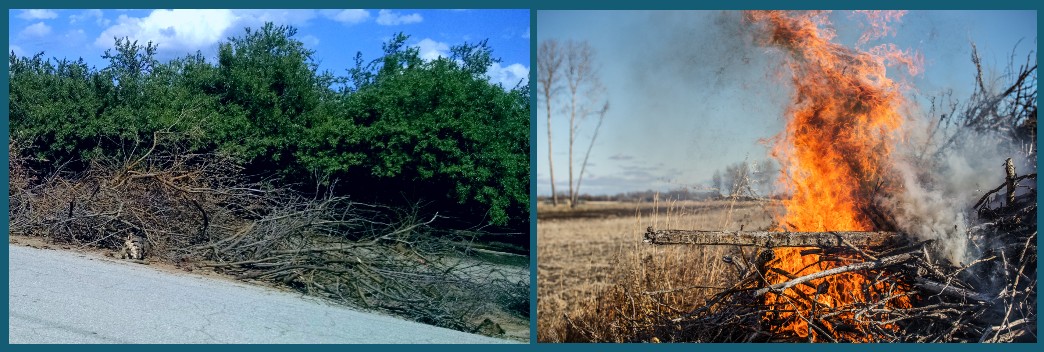Fact 1: Glut of Biomass
The San Joaquin Valley grows most of the world crop of almonds and pistachios. These crops are in high demand and are very valuable. But, these crops, and others like them, produce an excess of woody biomass. Millions of tons of biomass, including wood waste, almond shells, and pistachio shells, are produced every harvest season.
In the past, the San Joaquin Valley had a place for the waste to go. Biomass power plants purchased orchard waste to produce electric power, but many power plants are no longer operational. The closing of biomass power plants has caused the biomass to lose its value and increased the price of orchard removals.
Producers have limited options for disposing of their orchard waste:
- Some bury their waste. But this option is expensive and leads to slower decomposition. The fungal growth and nematodes also caused by this option can hurt the live trees.
- Some have talked about shipping it overseas, which is expensive, although such disposal methods have not yet been enacted.
- Some burn it in piles, which causes air quality issues and requires an expensive permit. Very soon, these permits will not be available.

Excessive orchard waste by a roadside (left) and an example of pile burning (right).
With any of these options, farmers gain no benefit other than getting rid of their biomass. The San Joaquin Renewables plant raises the value of biomass, finally providing a much-needed and less expensive outlet for agricultural waste in the San Joaquin Valley.

